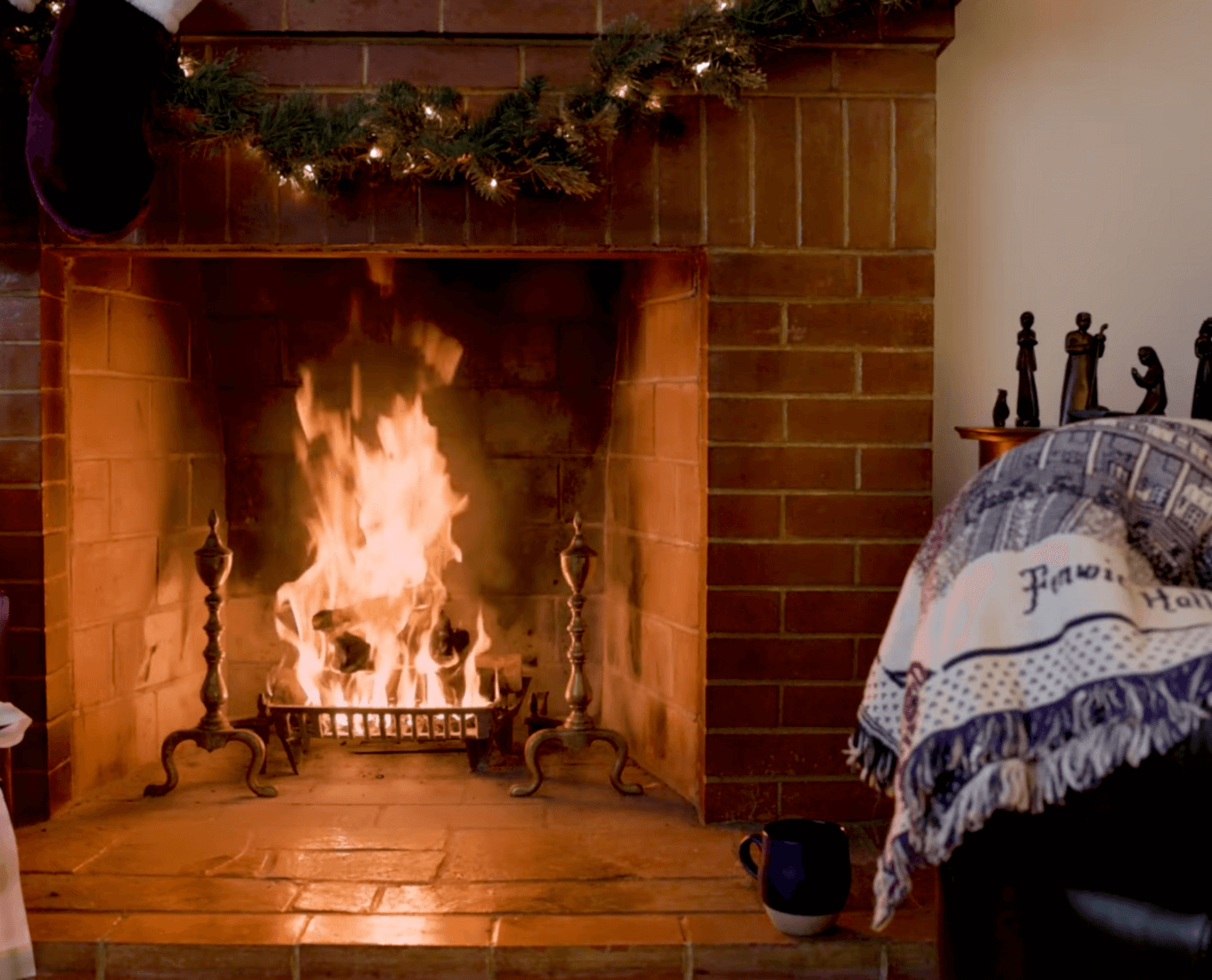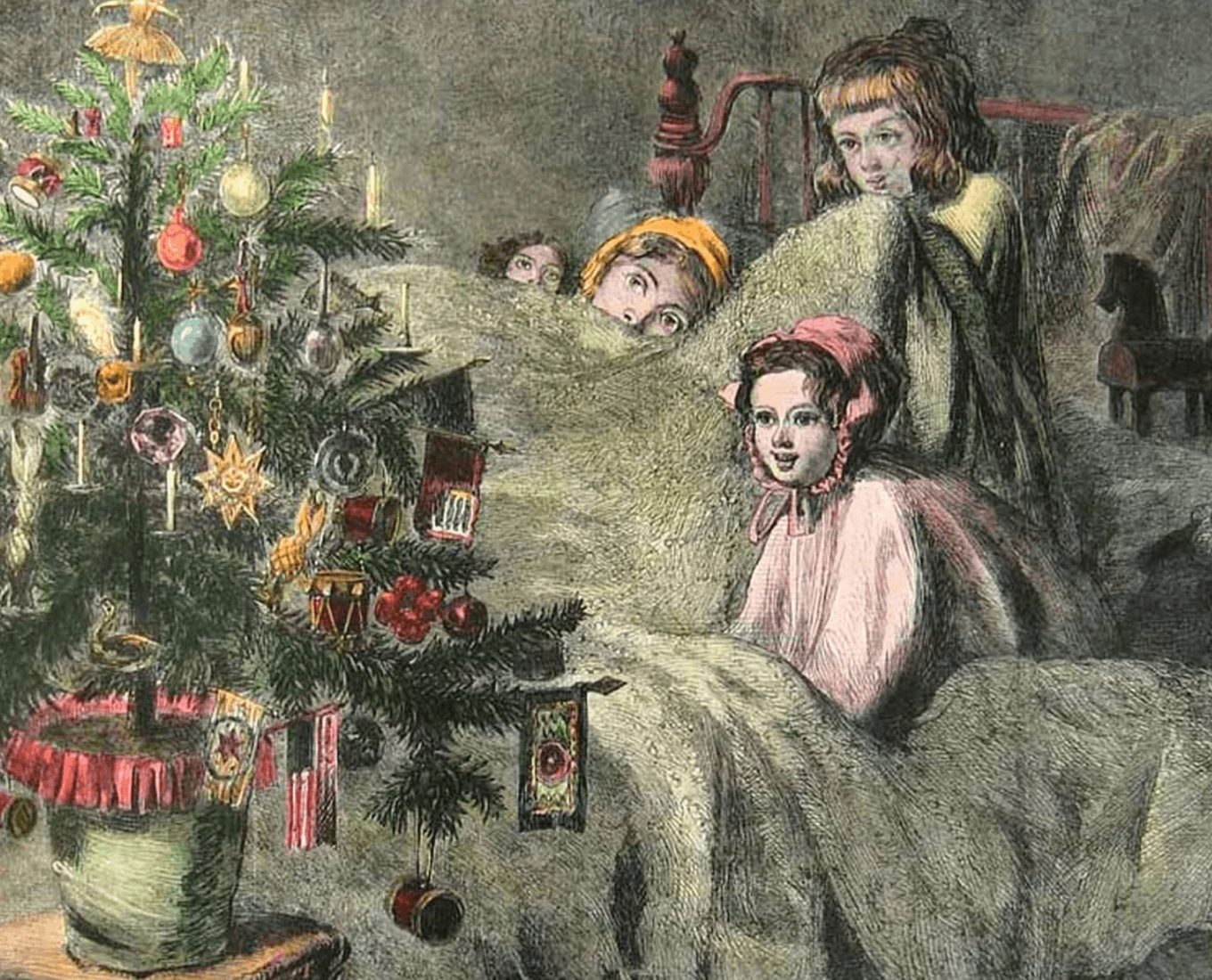Just a year ago, the Holy Cross board of trustees approved a new strategic plan, appropriately titled Aspire. When he introduced the plan, College President Vincent D. Rougeau said, “Our highest mission at the College is to accompany the young in the creation of a hope-filled future.” His mention of the word “hope” caught my attention.
Most of the headlines we are reading about colleges and universities in the United States are, at the very least, unsettling. It can be said that the present landscape of higher education in this country is one of uncertainty and more than a little distrust. If you are a staunch supporter of the liberal arts, as I am, there is even less reason for assurance. The data shows liberal arts programs being cut at an alarming rate from both public and private institutions nationwide.
I want to recall three moments from the story of Holy Cross that, among many others, give evidence of great hope. I do this in the conviction, first, that there is a vital tie between hope and the purposes of education, and secondly, that in these uneasy times, it is incumbent upon the College to aspire, to move forward in hope.
The first moment comes from the history books. Of the colleges and universities that were founded in the United States prior to the Civil War, only a small percentage survived that conflict and can be said to be flourishing today. Holy Cross is one of them.
Just as the war began, in 1861, a Jesuit named James Clark was named the seventh president of the College. Clark was a graduate of West Point Military Academy, where he had been a classmate of both Robert E. Lee and Jefferson Davis. After resigning his military commission, he became a convert to Catholicism and later entered the Jesuits.
The College had about 80 students when Clark arrived, but, gradually, those from the southern and mid-Atlantic states left the College and returned home; some fought for the Confederacy, others for the Union. The few students who remained were almost all from New England.
A diary from the period tells us that when Worcester celebrated the war’s end in the spring of 1865, candles were placed in all the windows of Fenwick Hall facing the city; faculty and students, though small in number, gathered on the lawn outside. Fr. Clark, however, was seen walking behind the building, alone with his thoughts and prayers.
I recall this moment in the College’s history because those who were here at the time must have placed immense hope in God’s providence in order to imagine that this nation could begin to heal after so grievous a wound, that divisions could be overcome and that Holy Cross could grow strong again. Absent the resolve that comes with hope, this College would have joined the others that closed.
CREATING A MUCH BETTER PLACE
Fast-forward a hundred or so years to 1970 and a second moment of hope. Holy Cross had a new president, Rev. John Edward Brooks, S.J., ’49. It was another tumultuous period in the United States. College campuses, including this one, were full of unrest. Following the death of Martin Luther King Jr., there was heightened involvement in the Civil Rights movement, there were anti-war protests on the steps of Dinand Library, walk-outs and the canceling of exams.
I arrived here at the start of the fall semester that year. I was 33 years old, fresh out of graduate school and very recently ordained. Compared with the campus unrest I had witnessed while studying at Columbia University, the situation at Holy Cross was less volatile, but there was no denying that across the nation, in the Church and here at the College, a great many things were in flux.
That year, the trustees announced that beginning in the fall of 1972, women would be admitted to the College. Most institutions of higher education in the United States were already coeducational, but in New England, change came slowly. Worcester Polytechnic Institute accepted its first coed class in 1968, Yale welcomed a small number of women in 1969, followed by Williams College in 1970. Dartmouth and Amherst announced their decisions still later, after Holy Cross.
Looking back from where we stand now, the admission of women seems obvious, but in 1970, there was need for hope and trust because some parents, students, faculty and alums – and some Jesuits — greatly feared that with coeducation, the traditions and identity of Holy Cross would be lost.
Two years later, Holy Cross was a different place – a much better place — with the arrival of the amazing women who enrolled in 1972. Some were transfer students, the majority were members of the entering class of 1976. Women also joined the College as members of the faculty, administration and staff. Fr. Brooks often remarked that, aside from the founding of the College, the second-best thing that ever happened here on The Hill was the admission of women.
I view this moment as both an important marker in the history of the College and as another lesson in hope. Hope always enlarges the imagination rather than constricts it. What was hoped for 50 years ago has been abundantly realized in the exceptional contributions of women – past and present – at Holy Cross.
AN EARLY MORNING SURPRISE IN KIMBALL
The third moment is a more personal reminiscence. The background involves the story of the late Will Jenks ’54, in whose honor the College now has the William Jenks Chair in Contemporary Letters. After his freshman year at Holy Cross, Will was struck with polio and suffered a total paralysis of all his limbs. From that darkness and suffering, a special relationship between Will Jenks and Holy Cross was forged.
Will eventually learned to write and type with the aid of a stylus held in his mouth. He became remarkably well-versed in literature, world events and Catholic theology; he also initiated a rich correspondence, some of which is preserved in College Archives.
In 1980, a close friend of Will’s, a medical doctor and alum, thought it would be beneficial both to Will and to Holy Cross, if he were to spend some time on campus engaging with students. This would mean, of course, providing total care — feeding, bathing, dressing and undressing, brushing his teeth, combing his hair and transporting around this hilly campus a man who was completely immobile.
Our hope was to enlist the help of 10 to 15 student volunteers who would be responsible for the total care of Will. The late Sr. Anna Kane, one of the College chaplains, suggested that if we wanted serious volunteers, we should announce a sign-up meeting in Kimball Dining Hall at 7 a.m. I accepted her advice, but to be honest, I was not sure how many students would choose to be up at that early hour. On the designated morning, when I entered Kimball Hall, there were already 60 students waiting to sign up and more were arriving.
I do not think I ever had so much love and hope for the College as on that morning. I mention this moment because those students not only gave us reason to hope, they themselves learned to hope by listening to and caring for Will Jenks. You cannot put a price tag on that kind of education.
Let me bring this to a close with some words from my heart. Hope, as I have chosen to speak of it, is not identifiable with optimism. Optimism is a feeling, it is an inkling that somehow things will work out for the best. All of us benefit from the good company of optimists. But hope is something more. Hope stands forever intertwined with faith and with love. In the New Testament, the Letter to the Hebrews says, “We have this hope as an anchor for the soul, firm and secure.” (Heb. 6:19). The reference is to Jesus. Hope is possible because God, in Christ Jesus and in His Spirit, anchors and gives reason for our hope.
Alfred North Whitehead, the respected British mathematician and philosopher of the last century, wrote a book called “The Aims of Education.” It contains this important line: “The value aspect of education is the main one, and in this respect all education is religious.” At the Holy Cross I have known and loved, not only is the value aspect at the core of what goes on here, but, as a Catholic, Jesuit college, what anchors the value aspect is faith and love and hope. ■
Fr. Harman was a key administrator at Holy Cross during its transition to coeducation. He later served as the College’s inaugural vice president for mission from 2011 to 2017, and as director of projects in mission from 2017 to 2019. He retired from the College in 2019 and was awarded an honorary degree at 2024 commencement celebrations, where he gave these remarks.



